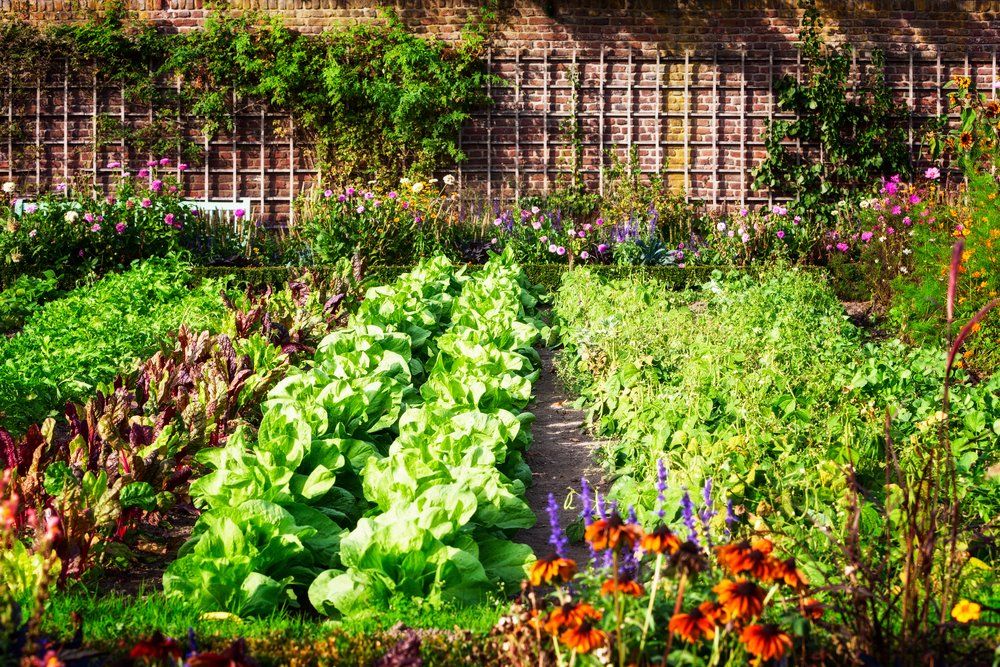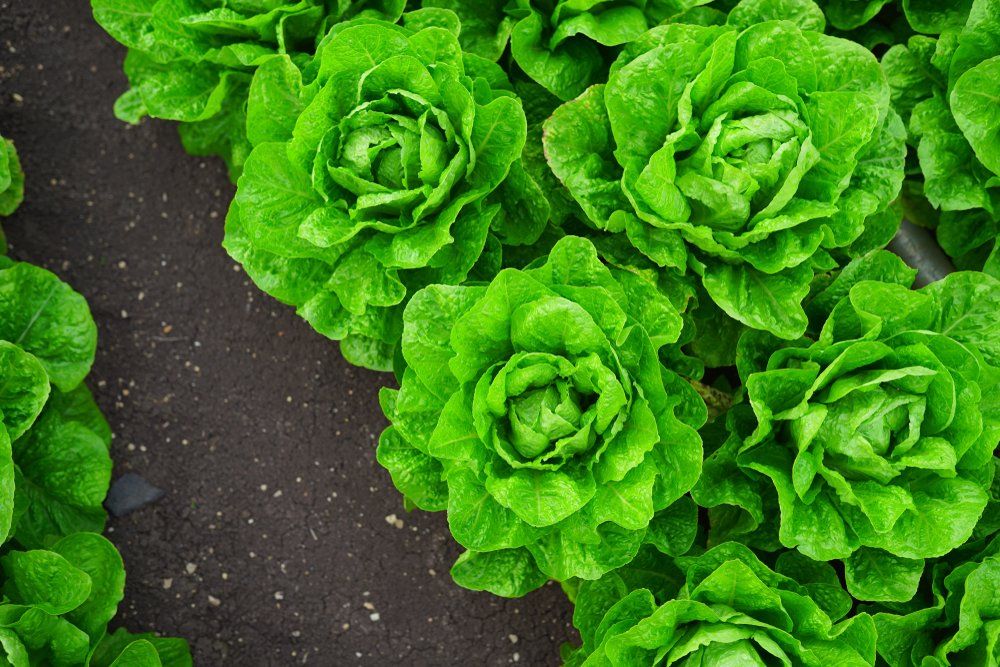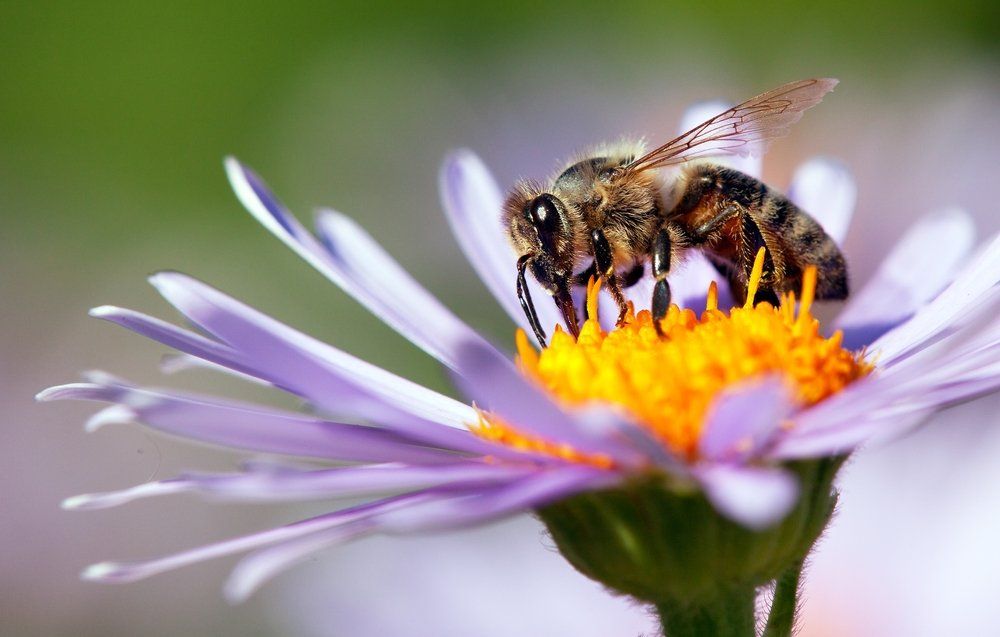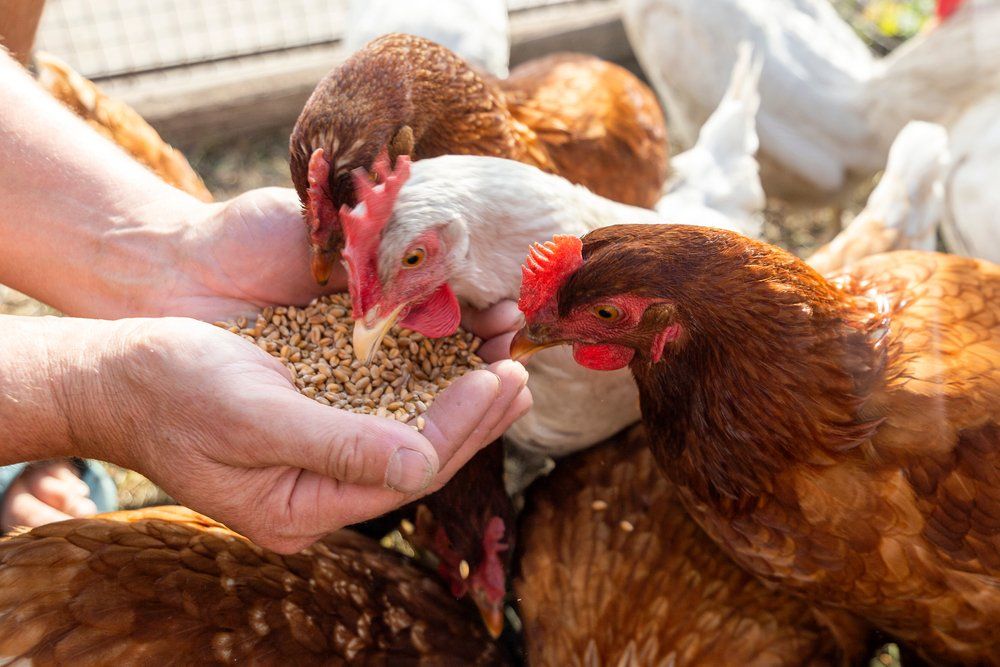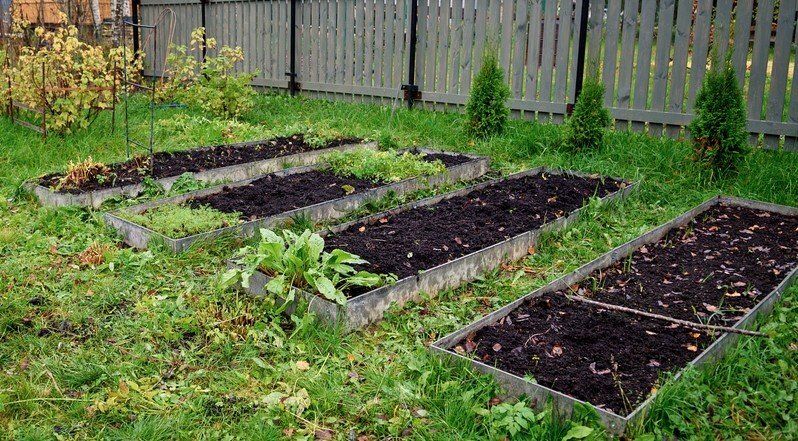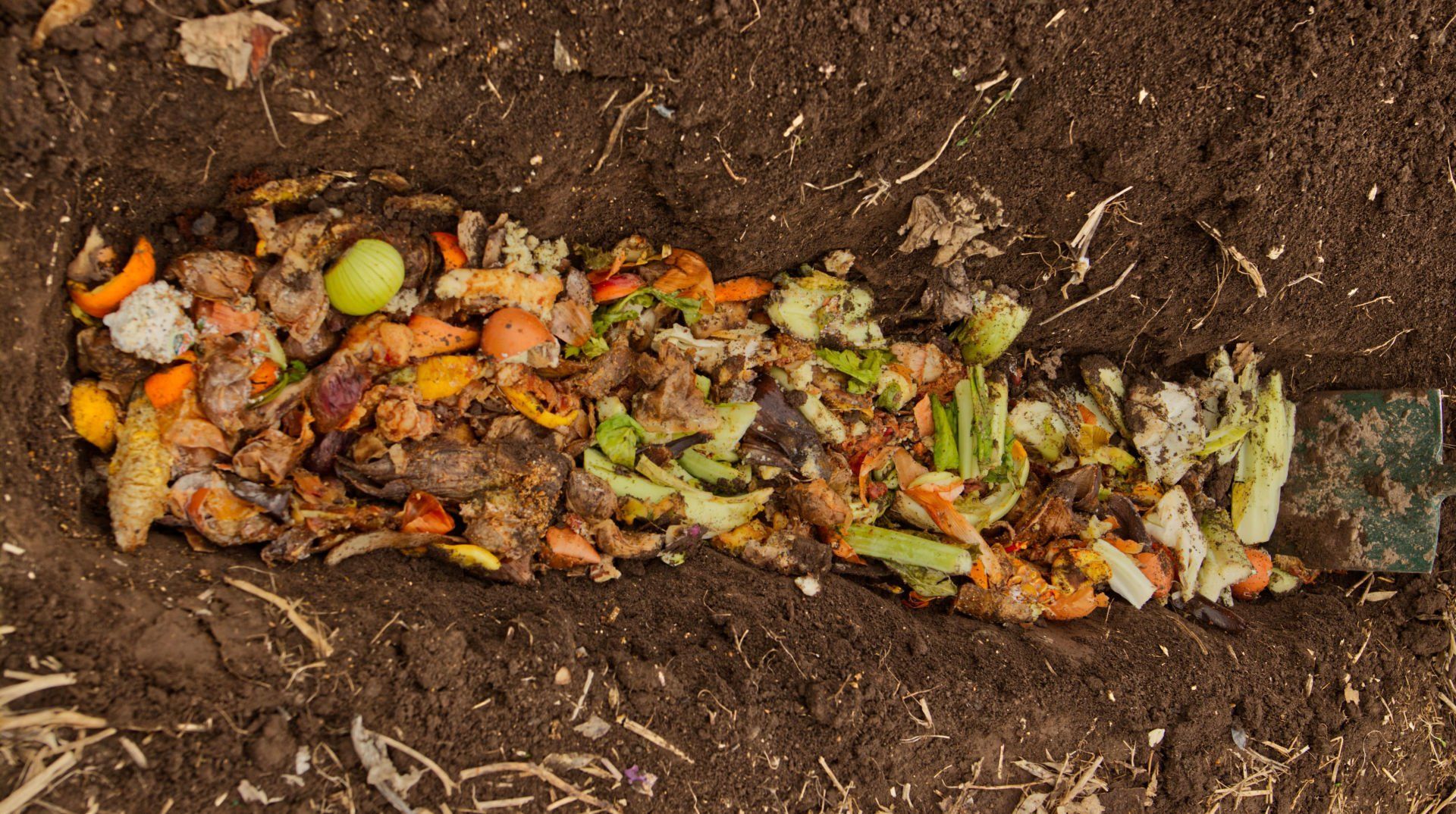Bokashi vs Direct Burying
Let’s be honest, any kind of composting is a big win for the planet. Whether you’re a hardcore composter, a casual scrap-burier, or a devoted bokashi bucket-lover, you’re doing something amazing: turning waste into
soil magic.
If you’re new to composting or wondering why we believe bokashi beats simply digging a hole and tossing scraps in, keep reading.
"Why not just bury it?"
A good friend of mine swears by burying food scraps straight into her garden. For her, it’s simple, practical, and it feels like the most natural way to return organic matter to the earth. And she’s not wrong - it can work well, especially if you’ve got space, time, and soil that doesn’t need much adjusting.
Burying food scraps directly into the ground is certainly a no-fuss method. If you’re not planning to plant in that area any time soon or you’re not too concerned about fine-tuning your soil’s nutrient balance or pH, it might seem like the perfect solution.
But here’s the part that often gets overlooked:
When raw food scraps are buried, they need to go through aerobic decomposition (breaking down with oxygen). This process can take several months, depending on your soil’s temperature, moisture, and microbial activity.
During this time:
- Up to 50% of key nutrients like nitrogen and phosphorus can be lost through leaching or gas emissions.
- Pests may become a problem, especially if the scraps aren’t buried deeply. Rodents will catch the scent and dig them up.
- Breakdown is slow, delaying when you can plant in that area.
- Crucially,
the nutrients aren’t readily available to your plants until full decomposition is complete.
So while traditional burying can work, it’s not the most efficient or nutrient smart way to return food waste to the soil - especially if your goal is to actively build a thriving, fertile, garden.
That’s where bokashi composting comes in…
Bokashi Composting
Bokashi composting takes your food waste to the next level helping you produce rich, living compost from your kitchen bench.
Unlike buried scraps that rot slowly and lose nutrients, bokashi uses a controlled anaerobic (no oxygen) fermentation process. Your food waste is sealed in an airtight container with a specific mix of
beneficial microbes that ferment (rather than decay) the contents. This method transforms your waste into a
pre-compost material. Since the food waste is fermented, there’s minimal nutrient loss and, best of all, no unpleasant smells, pests, or months spent waiting for it to break down. You're not just feeding your plants...you're restoring life to your soil.
Not All Food Waste Is Created Equal
One big advantage of bokashi composting is that it can handle all types of food waste, including meat, fish, dairy, cooked leftovers, citrus, and even small bones. These items are discourage from being buried directly into the soil, as they rot, smell, attract pests, and can disrupt the soil’s microbial balance. Bokashi’s fermentation process neutralises pathogens and odours, making even tricky food scraps safe to add back into your soil.
The benefits go beyond nutrients:
- Bokashi improves soil structure — making soil lighter, airier, and easier to work.
- Bokashi enhances water retention — especially helpful in sandy or dry soils.
- Bokashi supports the soil food web — laying the foundation for long-term soil fertility.
So, while burying food scraps may feel like the natural solution, bokashi offers a faster, cleaner, and more nutrient-smart way to compost. And with a system that’s easy to use indoors and low in ongoing cost, its ideal for anyone wanting to garden more sustainably, whether you're based in the suburbs, on a lifestyle block, or in an urban apartment.

The Bottom Line
Bokashi composting is more than just a way to deal with food waste — it’s a smarter, faster, and more effective method of returning nutrients to your soil and supporting the ecosystem. By fermenting rather than rotting, you’re preserving valuable nutrients, avoiding pests and smells, and enriching your soil with beneficial microbes, all from the convenience of your kitchen.
Yes, there’s a small initial investment to get started, but ongoing costs are minimal at just
18 cents a day for the average family to create high-quality, microbe-rich compost you know and trust. And let’s not forget the simplicity: just scrape, sprinkle, and seal.
That said, if you’re composting in any way, you’re part of the solution, and that deserves a high five! But if you’re looking for a method that’s fast, clean, and packed with soil-building benefits, bokashi is hard to beat.
Ready to give it a go?
Explore our
ZingBokashi kits
or get in touch — we’re here to help you start.
Happy compost-zing!

